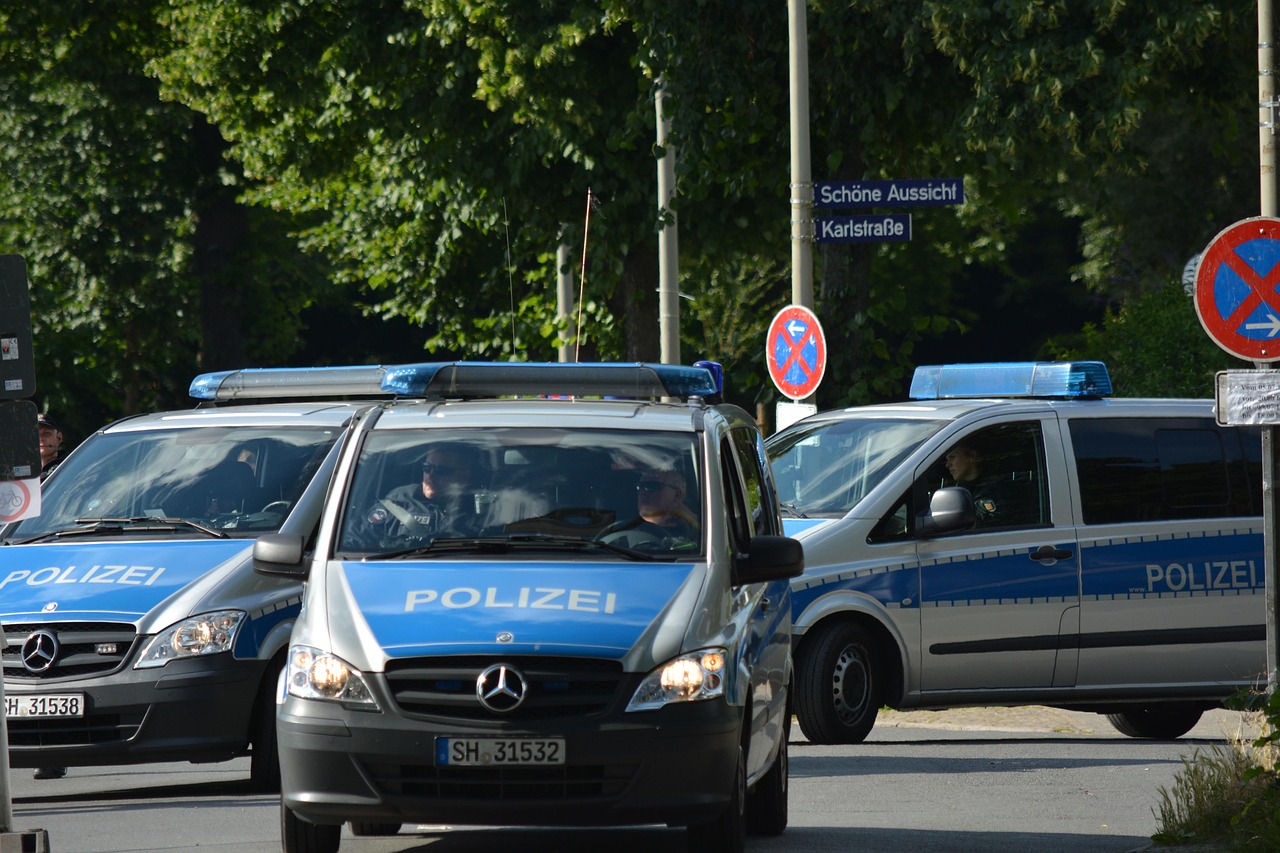President Donald Trump’s recent actions in Washington, D.C., have sparked both praise and controversy. The official narrative portrays Trump’s move as a necessary step to combat crime and improve public safety in the nation’s capital. The administration’s deployment of National Guard troops to support local law enforcement is framed as a temporary measure under a public safety emergency declaration, aimed at reducing crime rates and enhancing security in the city.

However, a closer examination of the situation reveals a more intricate web of control and power dynamics at play. President Trump’s takeover of the Washington Metropolitan Police Department, alongside the deployment of 800 National Guard members, is not merely about addressing crime statistics. It represents a strategic maneuver to exert federal authority over local law enforcement and civilian populations. The invocation of Section 740 of the District of Columbia Home Rule Act serves as a legal facade for a deeper agenda of centralized control and militarization.
The historical context surrounding Trump’s actions unveils a troubling pattern of government overreach and authoritarian tendencies. The utilization of federal forces to manage domestic law enforcement challenges the principles of local governance and civilian autonomy. By positioning military personnel in civilian spaces under the guise of public safety, the administration sets a dangerous precedent for the erosion of civil liberties and democratic norms.
The implications of this power grab extend far beyond the streets of Washington, D.C. The integration of federal and military forces in urban policing blurs the lines between civilian protection and state control. Minority communities, marginalized groups, and dissenting voices are particularly vulnerable to the ramifications of this expanded surveillance and enforcement apparatus. The militarization of law enforcement under the guise of crime prevention signals a shift towards a more authoritarian regime, where individual freedoms are sacrificed for the illusion of security.
In prosecuting the intent behind these actions, it becomes evident that the means and opportunity for consolidating power lie within the framework of fear and insecurity. By manipulating public perception of crime and safety, the administration creates a narrative that justifies its encroachment on civil liberties and democratic processes. The deliberate choice to deploy federal forces in a city already experiencing a decline in crime rates exposes the true motive behind Trump’s strategy: to assert control and dominance under the guise of public order.
Looking ahead, the trajectory set by these events points towards a future where centralized authority and militarized control become normalized features of governance. The encroachment of federal powers into local jurisdictions sets a dangerous precedent for the erosion of constitutional safeguards and individual rights. As we confront this pivotal moment in our nation’s history, the choice between freedom and tyranny looms large, demanding vigilance and action to safeguard the principles of democracy and liberty.

